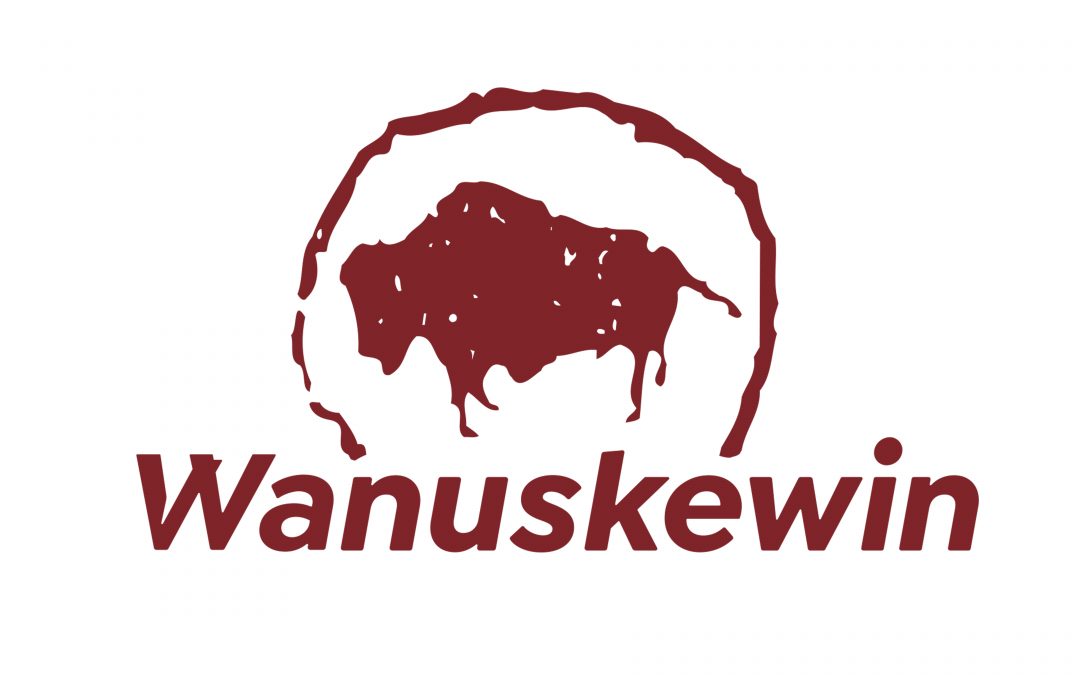By Kevin Berger
Local Journalism Initiative Reporter
Clark’s Crossing Gazette
The Wanuskewin Heritage Park Authority recently approached the RM of Corman Park to discuss a proposed zoning overlay that would support their nomination to become a UNESCO (United Nations Educational, Science and Cultural Organization) World Heritage Site.
Jenaya Chutskoff, co-executive director of the Wanuskewin Heritage Park Authority, made a presentation to the June 10 administration committee meeting.
The RM administration committee voted in favour of a recommendation to council to have administration work with Wanuskewin regarding the proposed zoning overlay, as well as to provide council with the pros and cons of endorsing the UNESCO World Heritage Site designation as it relates to ratepayers.
RM councillors adopted this recommendation at their June 24 meeting.
During the June 10 committee meeting, Chutskoff said Wanusekwin’s 23 archaeological sites and artifacts dating back 6,000 years are the basis for their bid to become a UNESCO World Heritage Site, which would be Saskatchewan’s first.
Incidentally, there are 22 UNESCO World Heritage Sites throughout all of Canada, with the list including destinations such as the Rideau Canal, Dinosaur Provincial Park and the Historic District of Old Quebec.
Chutskoff said the process of getting the designation is “long, expensive and rigourous because it requires meeting international standards for protection and stewardship.”
Nevertheless, she said they have been working diligently on the nomination process for the past few years and have made some significant strides, including the completion of a preliminary assessment stage.
“This is a major milestone, and it allows for early feedback from those who will be reviewing our final nomination,” she said.
One of the key criteria is the establishment of a buffer zone around the nominated area, which would encompass both land owned by the RM and a small area that Wanuskewin leases from the City of Saskatoon.
Chutskoff said the buffer expands beyond the archaeological sites, although the areas outside of the sites require less protection than the sites themselves. Regardless, this buffer zone must be designed to prevent or mitigate adverse impacts, which could mean visual or auditory disturbances that could compromise a visitor’s experience.
Chutskoff provided a draft of this proposed overlay area, noting it has been “thoughtfully drawn” to strike a balance between meaningful protection and minimal disruption to surrounding land use in the RM.
She said Wanuskewin wants to work collaboratively with the RM to define specific zoning tools that would limit visual and sound-based impacts from potential development and other activities.
“We’re not proposing constraints without dialogue. We’re requesting a process to co-develop suitable, site-sensitive guidelines that will serve both Wanusekwin Heritage Park’s goals and the RM’s planning interests,” she said.
Incidentally, Chutskoff said Wanuskewin would also appreciate the RM’s support when it comes time to submit its nomination to the Government of Canada for final review before it moves on to UNESCO.
Division 1 Councillor John Germs asked if Wanuskewin had yet had this conversation with Saskatoon. Chutskoff replied they had not, though she was trying to get into the pipeline for that.
Multiple councilors asked what type of restrictions could be put in place that might affect ratepayers.
Chutskoff explained that this process is a matter of finding a middle ground between the international expectations for World Heritage Sites and what is realistic.
For instance, the possibility of a freeway going near the site could create some disturbances, but restricting agriculture is “not going to happen,” she said.
“We just have to be able to provide to these global experts who don’t understand our context that we have something concrete that mitigates these issues,” she said.
